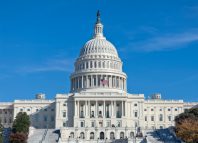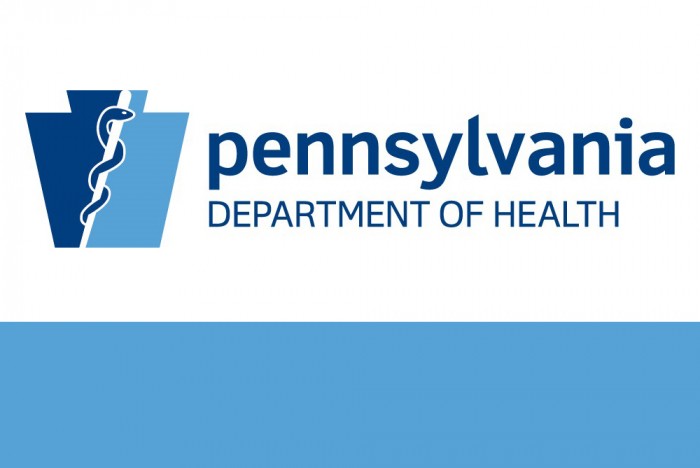Monday, February 14 at 3:00 pm EST
Register Now
This Valentine’s Day, focus on the patient population you love most — people with Intellectual and Developmental Disabilities (IDD).
Don’t miss this All-New FREE 90 minute webinar The Way Forward: Living Well During COVID, featuring a panel of national experts.
It seems COVID-19 will be a part of our lives and society for a while. People with IDD and their supports face unique adversities during the pandemic. So, how DO we get back to “normal” and WHEN? And where do we go from here?
The American Academy of Developmental Medicine and Dentistry (AADMD) is bringing together national experts in COVID-19 and IDD to give a much-needed perspective on how to navigate the days and months ahead. We will discuss how to provide a measured response to ensure freedom from illness and at the same time provide physical wellness and happiness.
The expert panel includes:
- Kim Hing, self-advocate Special Olympics Athlete;
- Peter Hotez, MD, PhD,Dean of the National School of Tropical Medicine and Professor of Pediatrics and Molecular Virology & Microbiology at Baylor College of Medicine, where he is also the Co-Director of the Texas Children’s Center for Vaccine Development (CVD);
- Emily Hotez, PhD, Assistant Professor, David Geffen School of Medicine, UCLA;
- John Raffaele, Director of Educational Services at National Alliance for Direct Support Professionals (NADSP); and
- Ben Margolis, MD, Neurologist and AADMD Board Member.
The webinar is intended for everyone who cares and supports those with IDD.


















